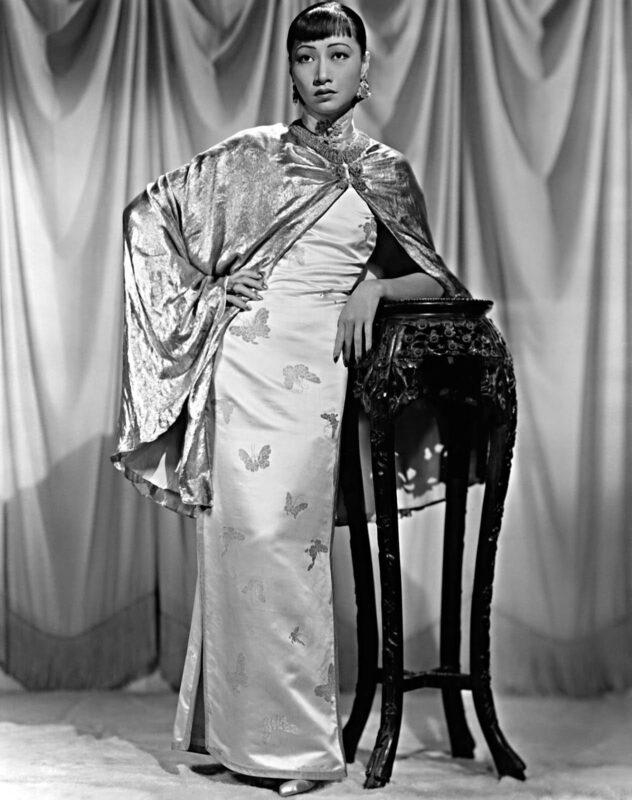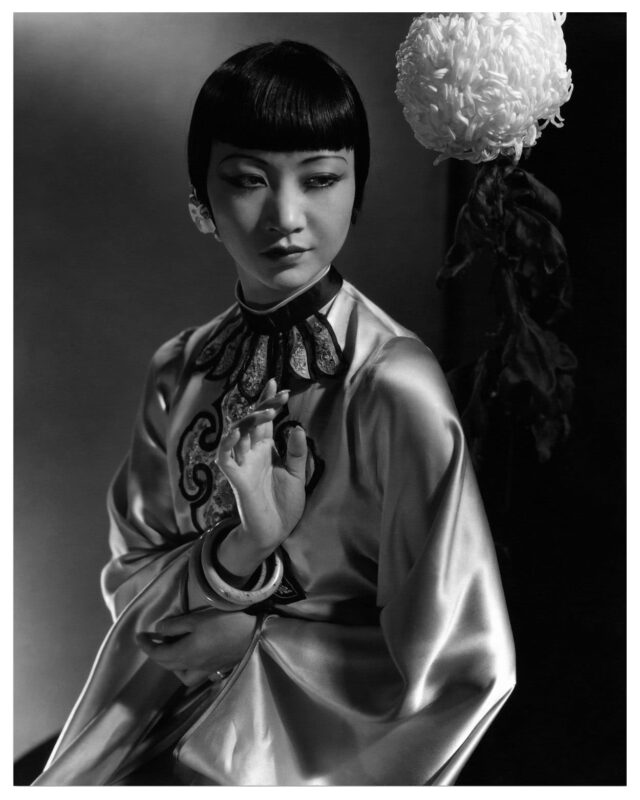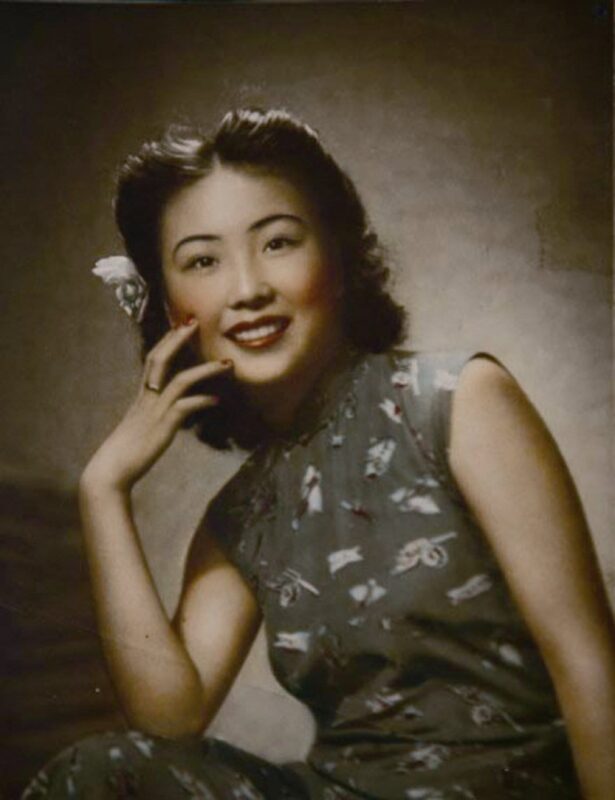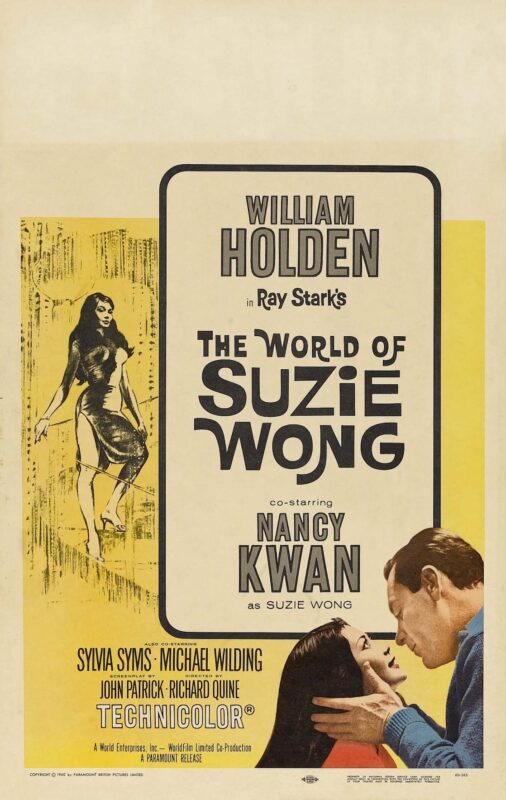Who doesn't remember the classy image of Gong Li in Red Lantern or the old The World of Suzie Wong or more recently, The Flowers of War, where the Chinese actresses wore stunning and colorful costumes? This is the "Qipao".
Enlarge
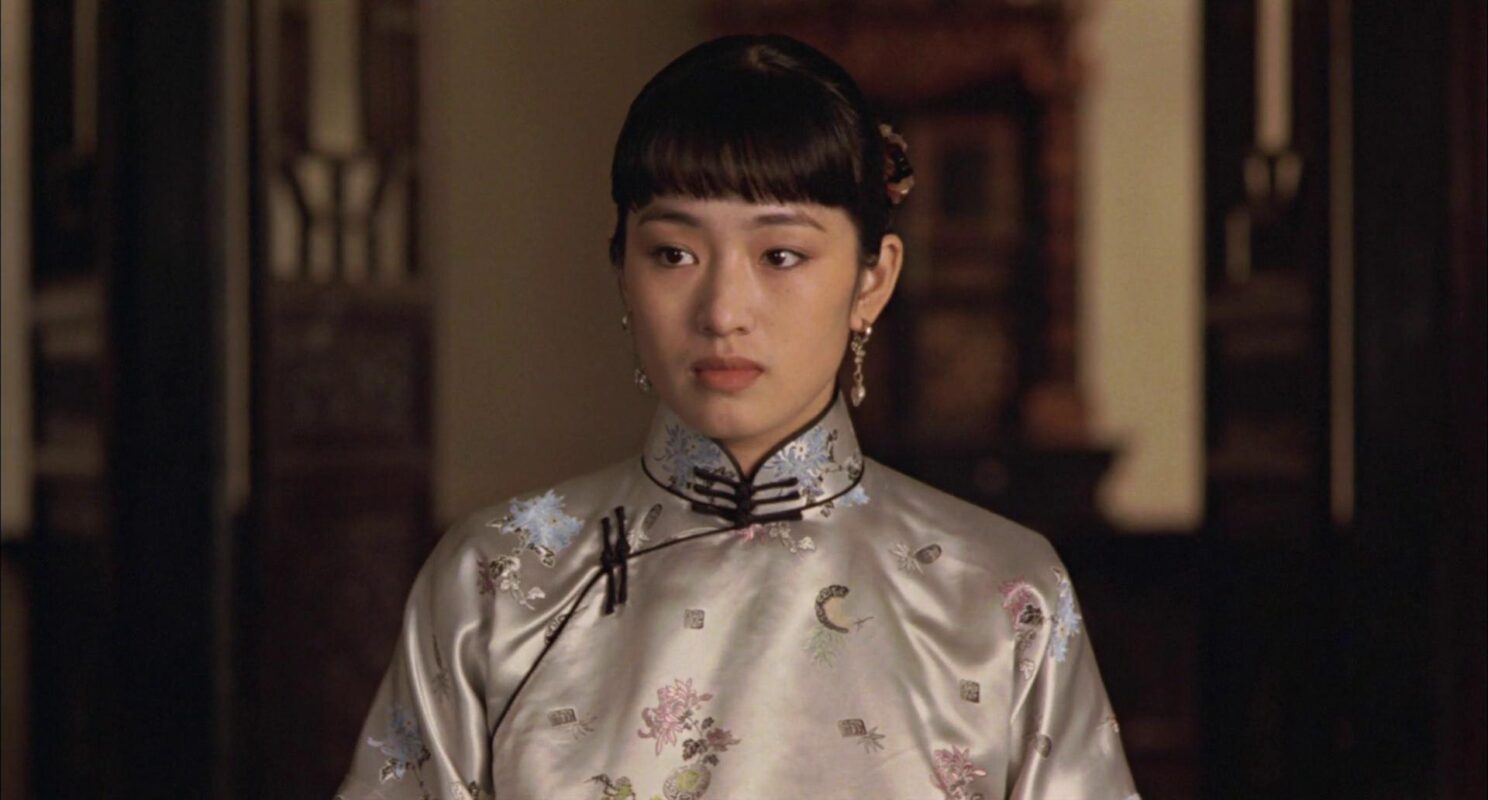
Courtesy of Chinanews Archieves
Enlarge
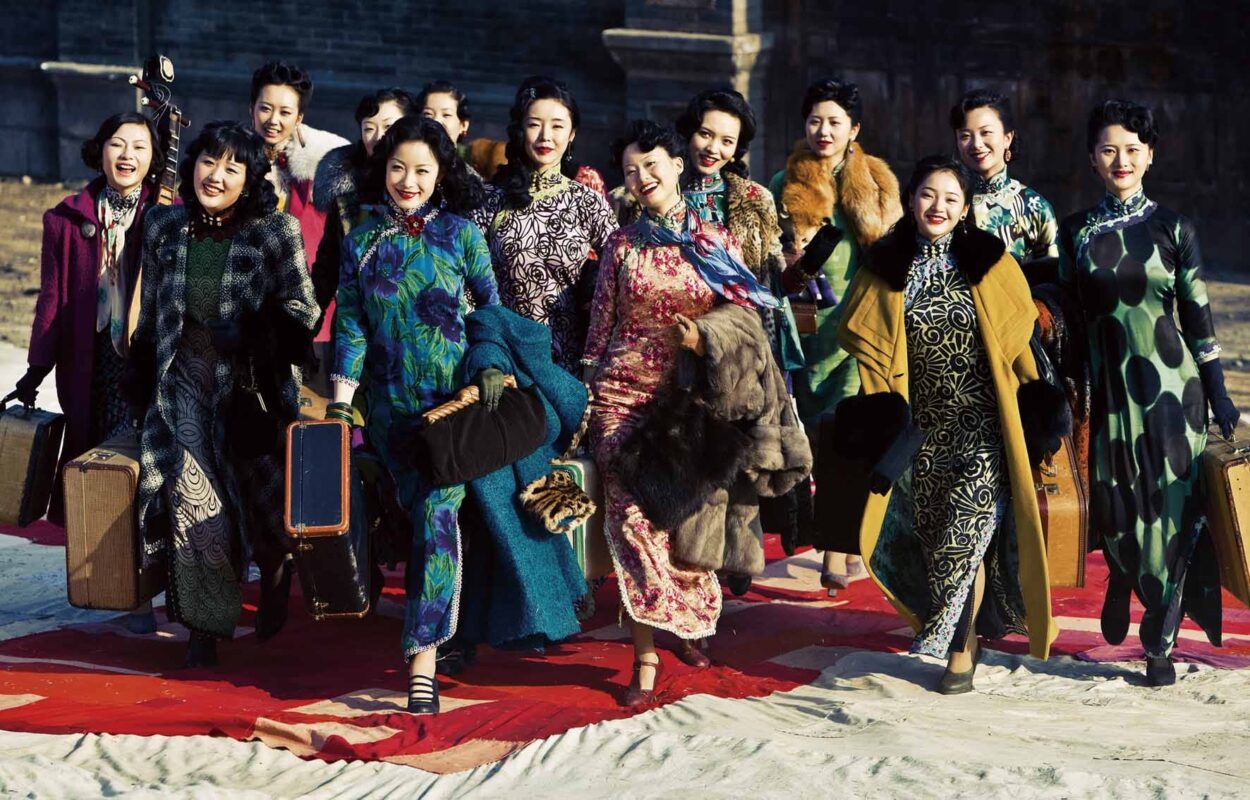
Credit:TM-©-TERRY-STEINER-INTERNATIONAL Inc.
The Cheonsang, aka “Qipao” remains in our imagination as the elegant dress representing iconic Chinese beauty.
Following the Chinese tradition of modesty, softness and beauty being the three main characteristics of Chinese women's temperament. The Qipao / Cheongsam is elegant and gentle, its long-standing elegance and serenity makes wearers fascinating.
The Qipao's origins come from a long time ago. Some recognize its origin in some fabulous dress es recovered in the tomb of Lady Dai, discovered in Changsha (Hunan Province) and dated at 3000 years old.
Enlarge
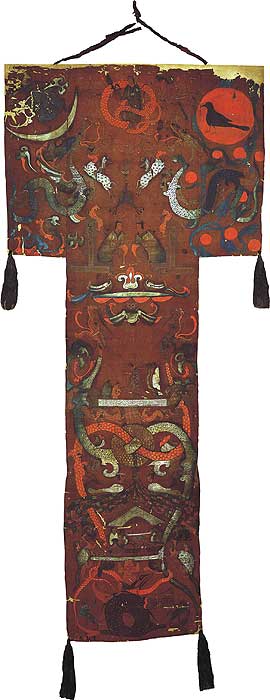
Credit: Khan Academy Pictures
In China’s history, the Cheonsang or Qipao represents the quintessential element of beauty and elegance. Short or long, sleeveless or not, with collar or not, the dress is part of any Chinese girl's wardrobe and used in the most traditional events.
Some of the most famous Chinese designers, like Guo Pei, have spent time renewing the traditional dress and creating a new image for the most iconic piece of traditional Chinese culture.
Enlarge
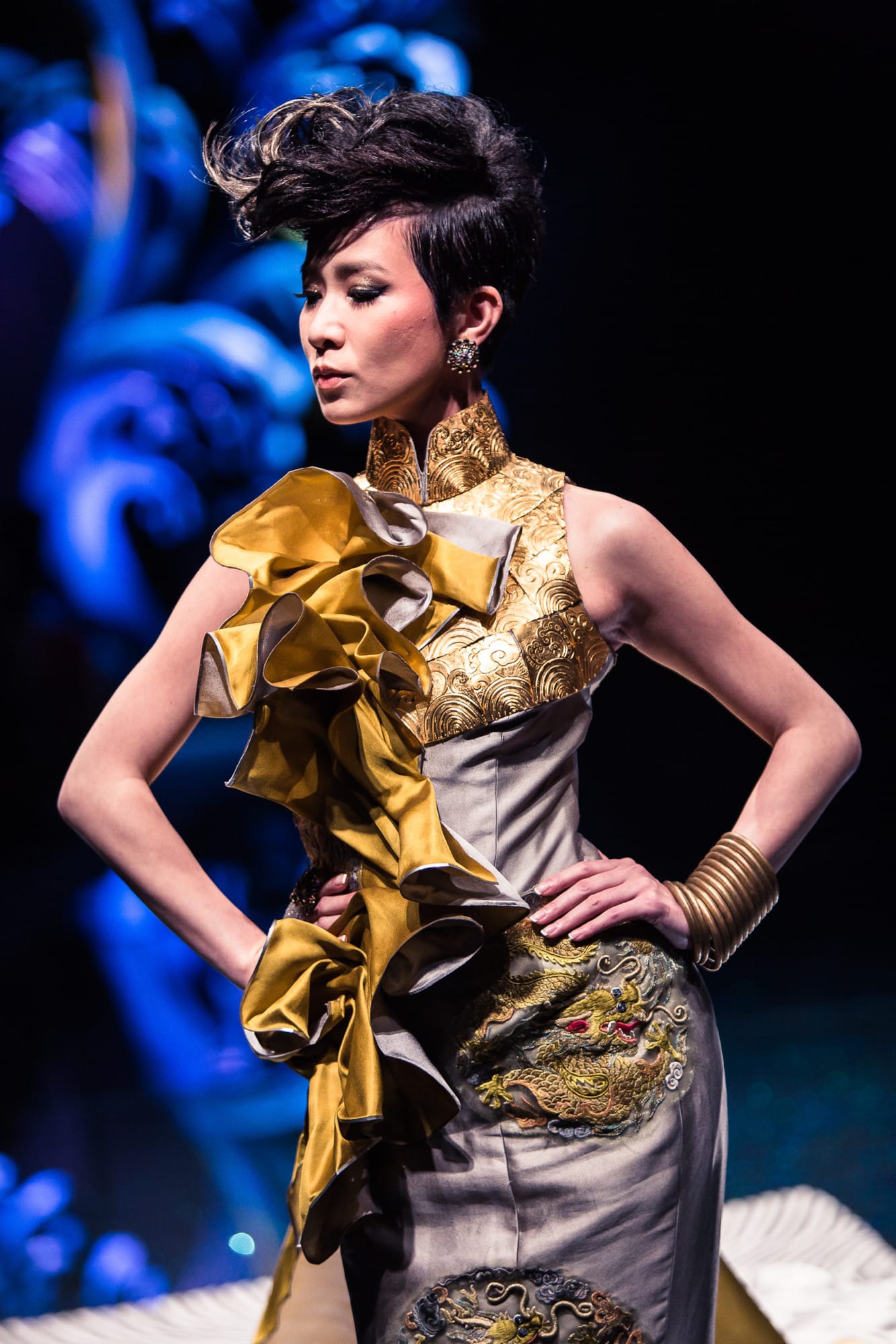
Credit: Guo Pei Official Website
The Beijing style Qipao is made with traditional handicrafts, with the main fabrics being tapestry satin, brocade satin and silk, etc. The Beijing style Qipao is characterized by the blend of traditional styles and conservative flavor, with tightly fastened collar, tilt placket, Chinese craft buttons and high slit showing off the wearer's figure and reflecting a dignified and graceful national style.
The Shanghai style Qipao was formed in the 1930s, when people began to wear a western jacket, overcoat or sweater over their Qipaos. At that time, designs like western dress turndown collar, V-neck, ruffle collar, ruffle sleeves and slit-sleeves were introduced to Qipao making. Later, revolutionized versions of the garment appeared, with bust darts, waist darts, inset sleeves and shoulder slits, some even with shoulder pads.
QIPAO’S RECENT STORY
When, in 1911, the Xinhai Revolution ended the Qing Dynasty, it also brought down some outdated conventional ideas and rules. At this time, Shanghai became a center of Chinese fashion. New trends in fashion began to emerge.
Enlarge
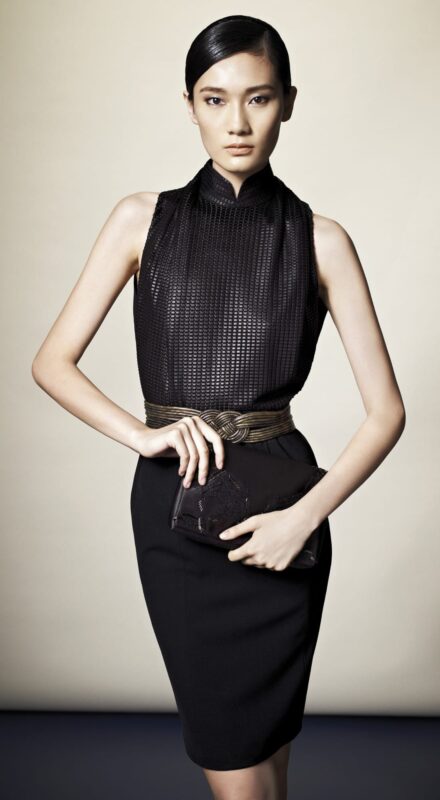
Credit: Shanghai Tang
If before, during the Qing Dynasty, just a few colors were designated to emphasize the reign, later multicolors were melted among them to give a sense of the deep change.
The 1930s-1940s was the “golden era” of fashion. High-heeled shoes and stockings were getting more popular and the Qipao entered into legend.
Enlarge
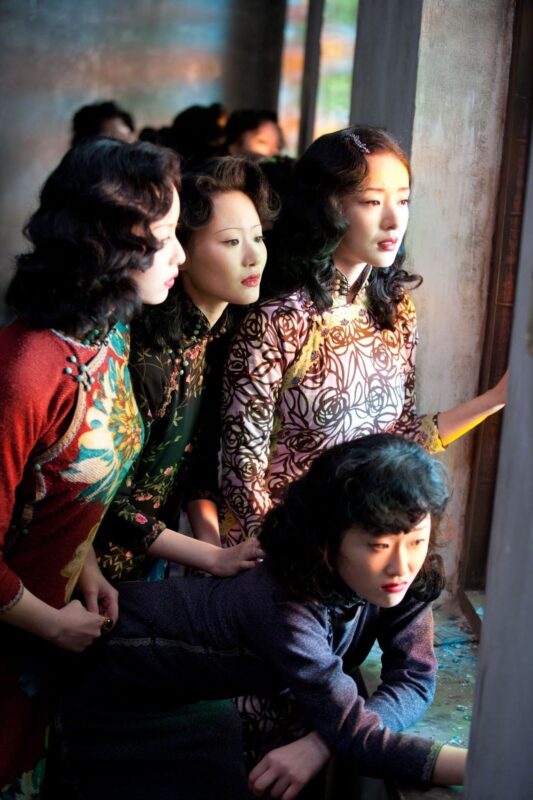
Credit:TM-©-TERRY-STEINER-INTERNATIONAL Inc.
Short length (above the knee or sometimes mid-thigh), lighter colors and body-hugging shapes became fashionable. The dress became widespread not only in Shanghai, but also in other mainland cities and Hong Kong.
In 1949 – after the Communist Revolution, unisex clothing styles (shirt and trousers) were advocated and the Qipao was banned time after time. Chinese people eventually recovered the heritage of its shining past and the Qipao got a new life.
Nowadays, you can see many girls wearing fashionable Qipaos designed as evening dresses, employees of different companies (airlines, hotels, restaurants) wearing it as uniform and even brides having them tailor-made for their weddings.
Enlarge
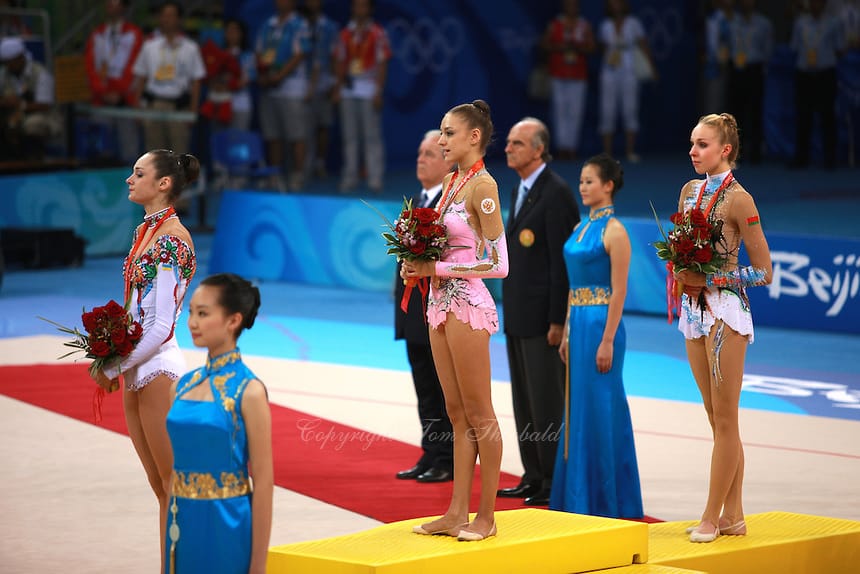
Credit: Tom Theobald 2008
During the 2008 Olympic Games in Beijing, the Qipao starred on millions of screens as it was chosen to be an official uniform of female athletes of the Chinese delegation.

